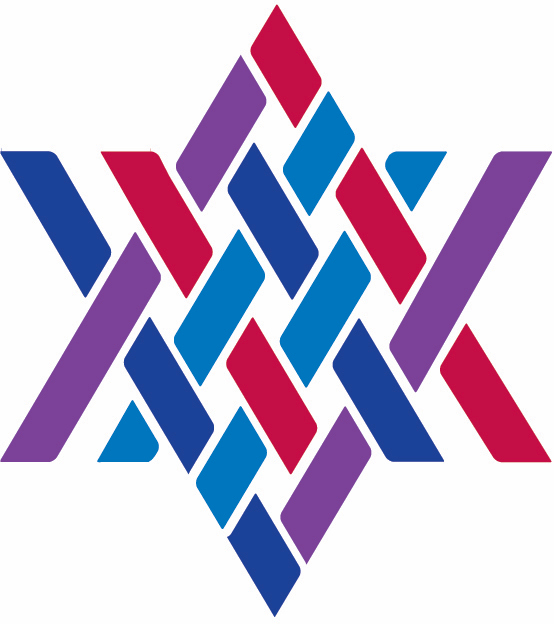Parashat Ki Tissa, 5778
Society’s Golden Calves
A D’var Torah for Ki Tissa
by Rabbi Irwin Huberman, ’10
While attending a conference last year on future trends in Judaism, one of the presenters – a rabbi – told the story of how he had aroused the fury of one of his congregants.
One evening, as he taught a class on the ethics of technology, his phone began to ping.
Because his device had been tucked in his jacket hanging in the back of the room, he was not able to immediately respond to the text messages.
After his lecture ended, when he had the opportunity to check his messages, he realized that his lack of immediate response had triggered the rage of a usually mild mannered congregant.
“Rabbi, can I ask you something?” the first text read.
“Rabbi, I need your advice on something,” the next message read.
And then a series of messages followed in rapid fire: “Where are you?”
“Why are you ignoring me?”
“What Read More >

